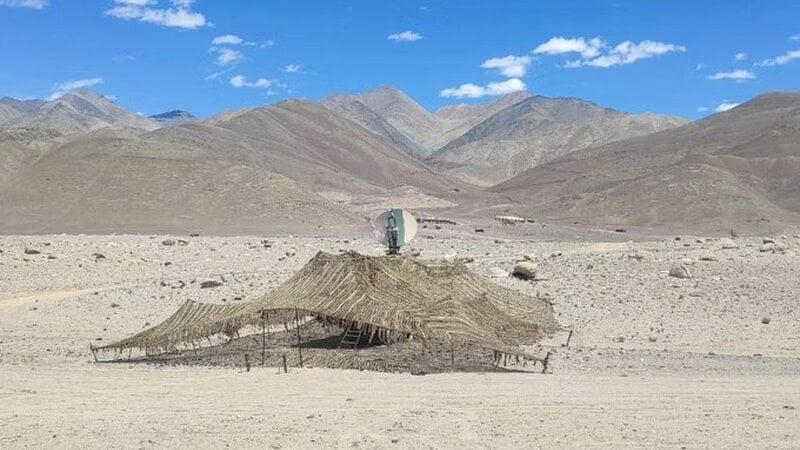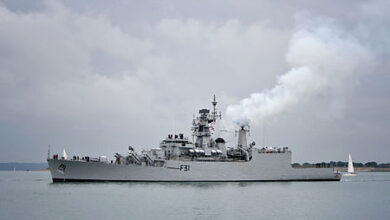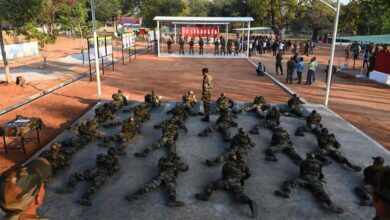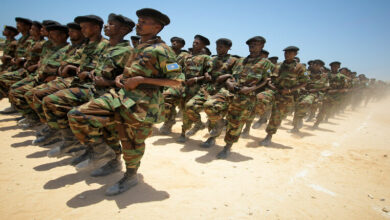
- According to the source, it will serve tactical communication requirements for ground soldiers as well as remotely piloted aircraft, air defence weapons, and other mission-critical and fire-support platforms.
- The Army is looking for assistance from academia, business, and other groups to close the gap in a number of "niche and disruptive technologies."
The Army has conducted a significant pan-Indian exercise with the codename “Skylight” to test the operational readiness and robustness of its cutting-edge satellite communication systems in the event of an attack by an adversary. China has developed lethal weapons for space, cyberspace, and electronic warfare.
During the Skylight exercise, which took place from July 25 to July 29, the Army activated all of its satellite communication resources spread out from Ladakh to the Andaman and Nicobar Islands, according to defence establishment sources. Various technical and operational scenarios, including the disruption or destruction of terrestrial connectivity in a conflict, were wargamed.
“The ISRO and different entities in charge of the ground and space segments took part in the exercise. Due of the difficult topography there, our main area of worry is the northern borders (with China), a source added.
A number of the Army’s satellite communication networks are already active for “beyond line-of-sight tactical contact” with remote places. The Army is working on various fronts to “exploit space for supporting multi-domain operations.”
In-depth research is also being done on the use of electromagnetic and cyberwarfare, as well as communications, in the ongoing Russia-Ukraine conflict. The tests, according to the source, have proven the value of dependable satellite communication systems like Elon Musk’s SpaceX’s “Starlink,” among other things.
Hundreds of static communication terminals, portable vehicle-mounted terminals, man-portable terminals, and compact form factor man-pack terminals are all connected by the 12-lakh strong force’s utilisation of numerous ISRO satellites.
When the Army’s first dedicated satellite, GSAT-7B, which was approved at a cost of Rs 4,635 crore by the defence ministry in March, is launched at the end of 2025, this will receive a much-needed boost. Already possessing their own GSAT-7 series satellites are the IAF and Navy.
“While the Indian Ocean Region is predominantly covered by the naval satellite (GSAT-7 or Rukmini), our attention is on the northern frontiers. The first indigenous multiband satellite of its kind with cutting-edge security measures is GSAT-7B. According to the source, it will serve tactical communication requirements for ground soldiers as well as remotely piloted aircraft, air defence weapons, and other mission-critical and fire-support platforms.
With the People’s Liberation Army’s long-standing emphasis on “informatized” and “intelligentized” warfare, China naturally has a significant technological advantage over other countries in areas such as space, cyberspace, robotics, lethal autonomous weapon systems, artificial intelligence, and similar fields.
To guarantee it does not fall far behind in the race, the Army is looking for assistance from academia, business, and other groups to close the gap in a number of “niche and disruptive technologies.”
Future demands for combat soldiers will include small-form-factor, secure handheld satellite phones, a satellite “Internet of Things,” and a satellite high-speed data backbone, some of which may need the use of low-earth orbit (LEO) satellite constellations, the expert predicted.
“It is vital that technological proficiency in such sectors is created and refined inside our armed forces,” he continued, “particularly as complicated aerospace technology has begun impacting military operations and communications in particular.”
For considerably more advanced and secure C4I2SR (command, control, communication, computers, intelligence, information, surveillance, and reconnaissance) systems for future conflicts, the Army is also exploring “Quantum Computing and Communications.”
According to him, doing so would guarantee that field commanders at different levels would receive secure access to comprehensive data fusion and decision support capabilities with the least amount of latency and most impact.







Facebook Comments